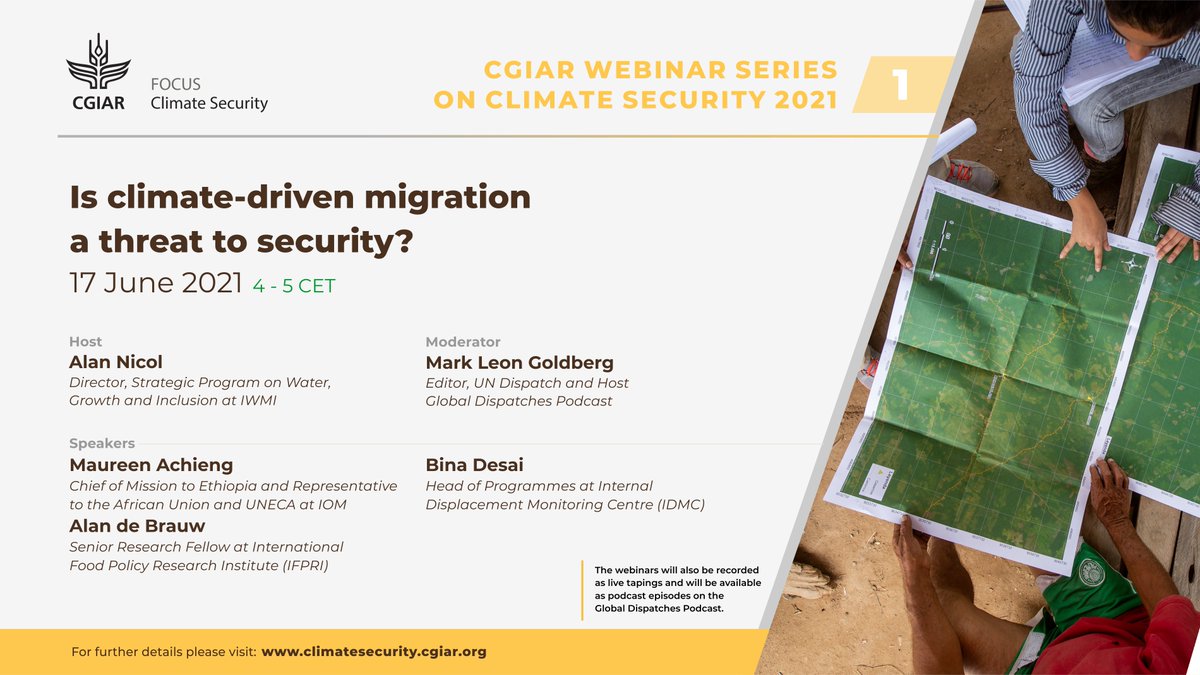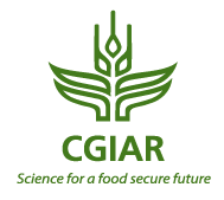
My thesis will be focused on one country in the Horn of Africa. There is a lot of migration in this area because of impacts of climate change on agriculture and secuirty. The Horn of Africa faces serious environmental and economic challenges in the future because of climatic change(Denney et al., 2018) The horn of Africa is locate in Eastern Africa and comprises Sudan, South Sudan, Ethiopia, Uganda, Kenya, Somalia, Djibouti and Eritrea. The Horn of Africa has With a population of 257 million in 2015 the Horn of Africa. accounts for approximately 20% of the total population of Africa (Nations, 2017).
The horn of Africa suffers from a wide range of extreme weather conditions. The frequency and insensity of these weather events are expected to increase over time(Singh, Rao and Bechingham, 2020) (Singh, Rao and Bechingham, 2020). There is a history conflict due to ethnicity, control of resources and technical means and these conflicts are likely to be increased because of climate change (Gamst, 2020). Throughout the world, there has been efforts made to mitigate against these issues through the implementation of sustainable projects and policies (Denney et al., 2018). These policies and projects needs to be coherent of on another. This helps ensure postives outcomes from the implementation of policies (OECD, 2015). Policy Coherence will be discussed in alater blog!!
References:
Denney, J. M., Case, P. M., Metzger, A., Ivanova, M. and Asfaw, A. (2018)
‘Power in participatory processes: reflections from multi-stakeholder workshops
in the Horn of Africa’, Sustainability Science, 13(3), pp. 879-893.
Gamst, F. C. (2020) ‘Conflict in the Horn of Africa’, Peace and
War: Routledge, pp. 133-151.
Nations, U. (2017) ‘Department of Economic and Social Affairs, Population
Division (2017). World population prospects: the 2017 revision, key findings
and advance tables’, Working Paper No. ESA/P/WP/248.
OECD 2015. Policy Coherence for Sustainable Development in the SDG Framework. Paris.
Singh, M., Rao, M. and Bechingham, A. (2020) ‘The Complex Effects of
Extreme Weather Events in the Greater Horn of Africa’, in Akhtar, R.
(ed.) Extreme Weather Events and Human Health: International Case
Studies. Cham: Springer International Publishing, pp. 279-291.
Solomon, N., Birhane, E., Gordon, C., Haile, M., Taheri, F., Azadi, H. and
Scheffran, J. (2018) ‘Environmental impacts and causes of conflict in the Horn
of Africa: A review’, Earth-Science Reviews, 177, pp. 284-290.

